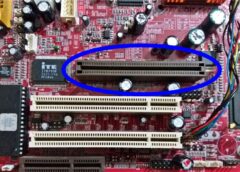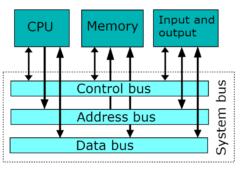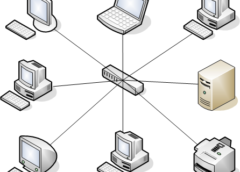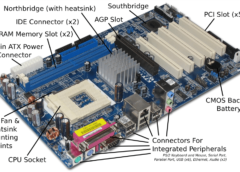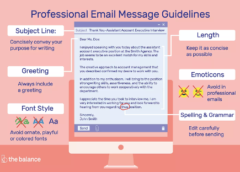
Although email is a valuable tool, it creates some challenges for writers. Miscommunication can easily occur when people have different expectations about the messages that they send and receive. Email is used for many different purposes, including contacting friends, communicating with professors and supervisors, requesting information, and applying for jobs, internships, and scholarships. Depending on your purposes, the messages you send will differ in their formality, intended audience, and desired outcomes.
So – how do you know when sending an email is the most effective way of accomplishing your communication goals? When is a brief message OK, and when it is more appropriate to send a longer, more professional-sounding email? How should you decide what style of writing is appropriate for each task? Keep reading for answers to these questions!
When is Email the Appropriate Form of Communication to Use?
Email is a good way to get your message across when:
- You need to get in touch with a person who is hard to reach via telephone, does not come to campus regularly, or is not located in the same part of the country or world (for instance, someone who lives in a different time zone).
- The information you want to share is not time-sensitive. The act of sending an email is instantaneous, but that does not mean the writer can expect an instantaneous response. For many people, keeping up with their email correspondence is a part of their job, and they only do it during regular business hours. Unless your reader has promised otherwise, assume that it may take a few days for them to respond to your message.
- You need to send someone an electronic file, such as a document for a course, a spreadsheet full of data, or a rough draft of your paper.
- You need to distribute information to a large number of people quickly (for example, a memo that needs to be sent to the entire office staff).
- You need a written record of the communication. Saving important emails can be helpful if you need to refer back to what someone said in an earlier message, provide some kind of proof (for example, proof that you have paid for a service or product), or review the content of an important meeting or memo.
When is Email NOT an Appropriate Form of Communication to Use?
Email is not an effective means of communication when:
- Your message is long and complicated or requires additional discussion that would best be accomplished face-to-face. For example, if you want feedback from your supervisor on your work or if you are asking your professor a question that requires more than a yes/no answer or simple explanation, you should schedule a meeting instead.
- The information is highly confidential. Email is NEVER private! Keep in mind that your message could be forwarded on to other people without your knowledge. A backup copy of your email is always stored on a server where it can be easily retrieved by interested parties, even when you have deleted the message and think it is gone forever.
- Your message is emotionally charged or the tone of the message could be easily misconstrued. If you would hesitate to say something to someone’s face, do not write it in an email.
Who is Your Audience?
People have different opinions what email should look like, so it is always helpful to be aware of the expectations of your audience. For example, some people regard email as a rapid and informal form of communication – a way to say “hello” or to ask a quick question. However, others view email as simply a more convenient way to transmit a formal letter. Such people may consider an informal email rude or unprofessional.
A message like this one might be OK to send your friend, but not to your professor:
M
Although it may be obvious to you that you wouldn’t send such an email to your professor, let’s carefully examine what assumptions this message makes about the reader and their expectations. The tone of this message is very casual; it assumes that the reader knows who the sender is and has a close personal relationship with the sender. Because it contains an ambiguous reference to “the assignment”, this message also assumes that the reader is familiar with the subject matter at hand (for instance, it assumes the reader will know which course and which particular assignment the sender is referring to). The writer also makes an implicit assumption about the reader’s comfort with the language that is often used when sending an instant message or text message. The “U” might be taken by some readers as a sign that the writer is too lazy to type out the word “you”.
Making assumptions about your audience’s expectations increases the risk that your message or its tone will be misinterpreted.
To ensure that your message has its intended effect, use the following questions to help you think about your audience and their needs:
- Who is your audience? How often does your audience use email to communicate?
- What is your audience’s relationship to you – for example, is the reader your teacher? Your boss? A friend? A stranger? How well do you know them? How would you talk to them in a social situation?
- What do you want your audience to think or assume about you? What kind of impression do you want to make?
Important Components of an Effective Email:
Subject Lines
Email subject lines are like newspaper headlines. They should convey the main point of your message or the idea that you want the reader to take away. Therefore, be as specific as possible. One-word subjects such as “Hi”, “Question”, or “FYI” are not informative and don’t give the reader an idea of how important your message is. If your message is time sensitive, you might want to include a date in your subject line, like “Meeting on Thurs, Dec 2”. Think about the subject lines on the email messages you receive. Which ones do you think are most effective? Why?
Greetings and Sign-offs
Use some kind of greeting and some kind of sign-off. Don’t just start with your text, and don’t just stop at the end without a polite signature. If you don’t know the person well, you may be confused about how to address them (“What do I call my TA/professor?”) or how to sign off (Best? Sincerely?). Nonetheless, it is always better to make some kind of effort.
When in doubt, address someone more formally to avoid offending them. Some common ways to address your reader are:
- Dear Professor Smith,
- Hello, Ms. McMahon,
- Hi, Mary Jane,
If you do not know the name of the person you are addressing, or if the email addresses a diverse group, try something generic, yet polite:
- To whom it may concern,
- Dear members of the selection committee,
- Hello, everyone,
Your closing is extremely important because it lets the reader know who is contacting them. Always sign off with your name at the end of your message. If you don’t know the reader well, you might also consider including your title and the organization you belong to; for example:
-
-
- Mary Watkins
-
-
-
- Senior Research Associate
-
-
- Bain and Company
-
-
- Joseph Smith
-
-
-
- UNC-CH, Class of 2009
-
For your closing, something brief but friendly, or perhaps just your name, will do for most correspondence:
- Thank you,
- Best wishes,
- See you tomorrow,
- Regards,
For a formal message, such as a job application, use the kind of closing that you might see in a business letter:
- Sincerely,
- Respectfully yours,
Cc: and Bcc: (carbon copy and blind carbon copy)
Copying individuals on an email is a good way to send your message to the main recipient while also sending someone else a copy at the same time. This can be useful if you want to convey the same exact message to more than one person. In professional settings, copying someone else on an email can help get things done, especially if the person receiving the copy is in a supervisory role.
For example, copying your boss on an email to a non-responsive co-worker might prompt the co-worker to respond. Be aware, however, that when you send a message to more than one address using the Cc: field, both the original recipient and all the recipients of the carbon copies can see all the addresses in the To: and Cc: fields. Each person who receives the message will be able to see the addresses of everyone else who received it.
Blind copying emails to a group of people can be useful when you don’t want everyone on the list to have each other’s addresses. The only recipient address that will be visible to all recipients is the one in the To: field. If you don’t want any of the recipients to see the email addresses in the list, you can put your own address in the To: field and use Bcc: exclusively to address your message to others.
However, do not assume that blind copying will always keep recipients from knowing who else was copied – someone who is blind copied may hit “reply all” and send a reply to everyone, revealing that they were included in the original message.
Some Additional Tips for Writing More Effective Emails
Think about your message before you write it. Do not send email in haste. First, decide on the purpose of your message and what outcome you expect from your communication. Then think about your message’s audience and what they may need in order for your message to have the intended result. You will also improve the clarity of your message if you organize your thoughts before you start writing. Jot down some notes about what information you need to convey, what questions you have, etc., then organize your thoughts in a logical sequence. You can try brainstorming techniques like mapping, listing, or outlining to help you organize your thoughts.
Reflect on the tone of your message. When you are communicating via email, your words are not supported by gestures, voice inflections, or other cues, so it may be easier for someone to misread your tone. For example, sarcasm and jokes are often misinterpreted and may offend your audience. Similarly, be careful about how you address your reader. For instance, beginning an email to your professor or TA with “Hey!” might be perceived as being rude or presumptuous (as in “Hey you!”). If you’re unsure about how your message might be received, you might try reading it out loud to a friend to test its tone.
Strive for clarity and brevity in your writing. Have you ever sent an email that caused confusion and took at least one more communication to straighten out? Miscommunication can occur if a message is unclear, disorganized, or just too long and complex for readers to easily follow.
Here are some steps you can take to ensure that your message is understood:
- Briefly state your purpose for writing in the very beginning of your message.
- Be sure to provide the reader with some context. If you’re asking a question, cut and paste any relevant text (for example, computer error messages, assignment prompts you don’t understand, part of a previous message, etc.) into the email so that the reader has some frame of reference for your question. When replying to someone else’s email, it can often be helpful to either include or restate the sender’s message.
- Use paragraphs to separate thoughts (or consider writing separate emails if you have many unrelated points or questions).
- Finally, state the desired outcome at the end of your message. If you’re requesting a response, let the reader know what type of response you require (for example, an email reply, possible times for a meeting, a recommendation letter, etc.) If you’re requesting something that has a due date, be sure to highlight that due date in a prominent position in your message. Ending your email with the next step can be really useful, especially in work settings (for example, you might write “I will follow this up with a phone call to you in the next day or so” or “Let’s plan to further discuss this at the meeting on Wednesday”).
Format your message so that it is easy to read. Use white space to visually separate paragraphs into distinct blocks of text. Bullet important details so that they are easy to pick out. Use bold face type or capital letters to highlight critical information, such as due dates. (But do not type your entire message in capital letters or boldface – your reader may perceive this as “shouting” and won’t be able to tell which parts of the message are especially important.)
Proofread. Re-read messages before you send them. Check your grammar, spelling, capitalization, and punctuation. If your email program supports it, use spelling and grammar checking tools. Try reading your message out loud to help you catch any mistakes or awkward phrasing that you might otherwise miss.
Questions to Ask Yourself Before Sending an Email Message
- Is this message suitable for email, or could I better communicate the information with a letter, phone call, or face-to-face meeting?
- What is my purpose for sending this email? Will the message seem important to the receiver, or will it be seen as an annoyance and a waste of time?
- How much email does the reader usually receive, and what will make them read this message (or delete it)?
- Do the formality and style of my writing fit the expectations of my audience?
- How will my message look when it reaches the receiver? Is it easy to read? Have I used correct grammar and punctuation? Have I divided my thoughts into discrete paragraphs? Are important items, such as due dates, highlighted in the text?
- Have I provided enough context for my audience to easily understand or follow the thread of the message?
- Did I identify myself and make it easy for the reader to respond in an appropriate manner?
- Will the receiver be able to open and read any attachments?
Sample Emails
Use what you’ve just learned to explain why Student 2’s email to Professor Jones is more effective than the email written by Student 1. How does the tone of the messages differ? What makes Student 2’s email look and sound more appropriate? What are the elements that contribute its clarity? If you were Professor Jones and you received both messages, how would you respond to each one?
Email from Student 1:
hey,
i need help on my paper can i come by your office tomorrow
thx
Email from Student 2:
Hi Dr. Jones,
I am in your ENGL 101 class on Thursdays, and I have a question about the paper that is due next Tuesday. I’m not sure that I understand what is meant by the following sentence in the prompt:
“Write a 10 page paper arguing for or against requiring ENGL 101 for all UNC freshmen and provide adequate support for your point of view”.
I am not sure what would count as “adequate” support. Would using 3 sources be OK?
Can I come by your office tomorrow at 2:00 pm to talk to you about my question? Please let me know if that fits your schedule. If not, I could also come by on Friday after 1:00.
Thank you,
Tim Smith
Here are two versions of an email from a supervisor, Jane Doe, to a group of her employees. Which version do you think is most effective? Why?
Version 1 of Jane Doe’s Email:
Subject: tomorrow
As you know, tomorrow afternoon we’ll be meeting to discuss the status of all of our current projects. Donuts will be provided. Be sure to arrive on time and bring along teh materials you have been working on this week – bring enough copies for everyone. Some of these material might include your calendars, reports, and any important emails you have sent. Also, I wanted to remind you that your parking permit requests are due later this week; you should turn those in to Ms. Jones, and if she is not at her desk when you stop by, you can email them to her.
Version 2 of Jane Doe’s Email:
Subject: materials for Wed. staff meeting
Hi, everyone –
For tomorrow’s 3 p.m. staff meeting in the conference room, please bring 15 copies of the following materials:
-
-
- Your project calendar
- A one-page report describing your progress so far
- A list of goals for the next month
- Copies of any progress report messages you have sent to clients this past month
-
See you tomorrow –
Jane
Works Consulted
We consulted these works while writing this handout. This is not a comprehensive list of resources on the handout’s topic, and we encourage you to do your own research to find the latest publications on this topic. Please do not use this list as a model for the format of your own reference list, as it may not match the citation style you are using.
Terminello, Verna and Reed, Marcia G. E-mail: Communicate Effectively. New Jersey: Prentice Hall, 2003.
Lamb, Sandra E. How to Write It. A Complete Guide to Everything You’ll Ever Write. 2nd ed. Berkeley, CA: Ten Speed Press, 2006.
![]()





![[Resource]: Installing Webuzo on Your Nestict Cloud VPS: A Detailed Guide](https://www.blog.nestict.com/wp-content/uploads/2024/12/image.webp)
![[Resource] : Comprehensive List of Equity Bank Codes Across Kenya by Region](https://www.blog.nestict.com/wp-content/uploads/2024/12/image-5.png)



![[Continuation]: Current Challenges in Making Physics and Geography Compulsory](https://www.blog.nestict.com/wp-content/uploads/2024/12/The-universe-of-mathematics-physic-and-astronomy-its-ama…-Flickr.jpg)
![[Resource] : Why Physics and Geography Should Be Compulsory Like Mathematics in Education](https://www.blog.nestict.com/wp-content/uploads/2024/12/image.png)


![[LINKTREE] 2024 PAST PAPERS , NOTES ,RESOURCE,REVISION,EXAMINATIONS](https://www.blog.nestict.com/wp-content/uploads/2024/10/SCHM.jpeg)


![Maritime Terms, Abbreviations and Acronyms [Shipping Terms – Searchable]](https://www.blog.nestict.com/wp-content/uploads/2024/09/Container-Stowage-Stock-Illustrations-–-71-Container-Stowage-Stock-Illustrations-Vectors-Clipart-Dreamstime.jpg)
![Maritime Terms, Abbreviations and Acronyms [ Shipping Terms]](https://www.blog.nestict.com/wp-content/uploads/2024/09/image.png)





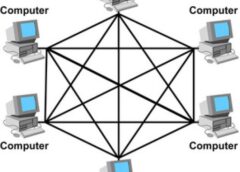


![[Explainer]: NVMe storage, SSD (SATA SSD), and HDD](https://www.blog.nestict.com/wp-content/uploads/2024/08/Laptops-are-available-with-SSDs-and-HDDs.png)
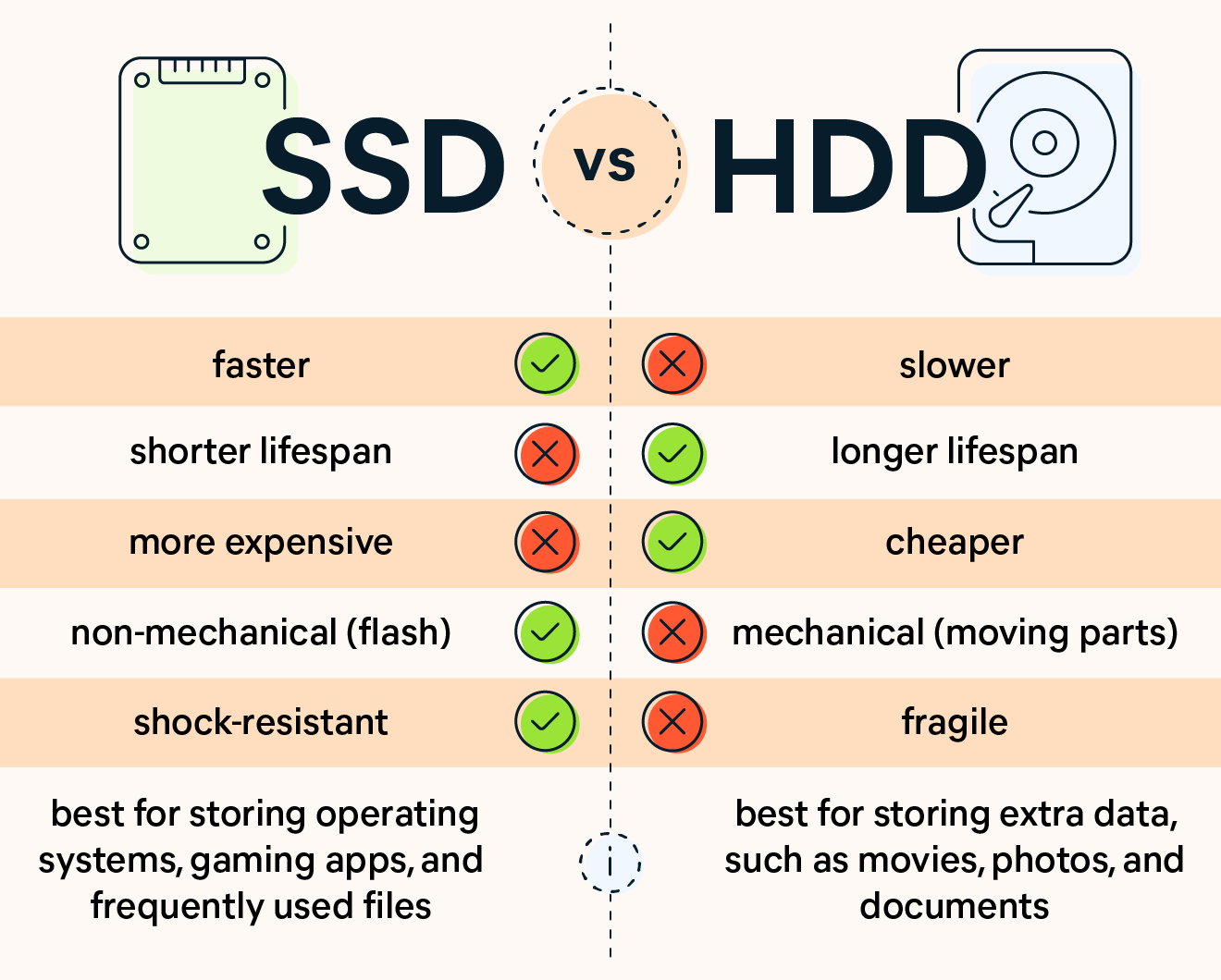
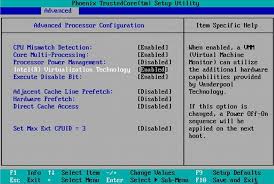
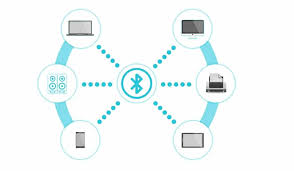

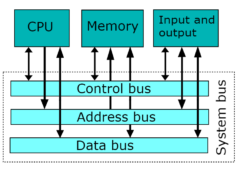

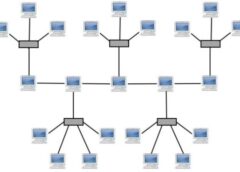
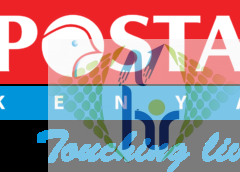

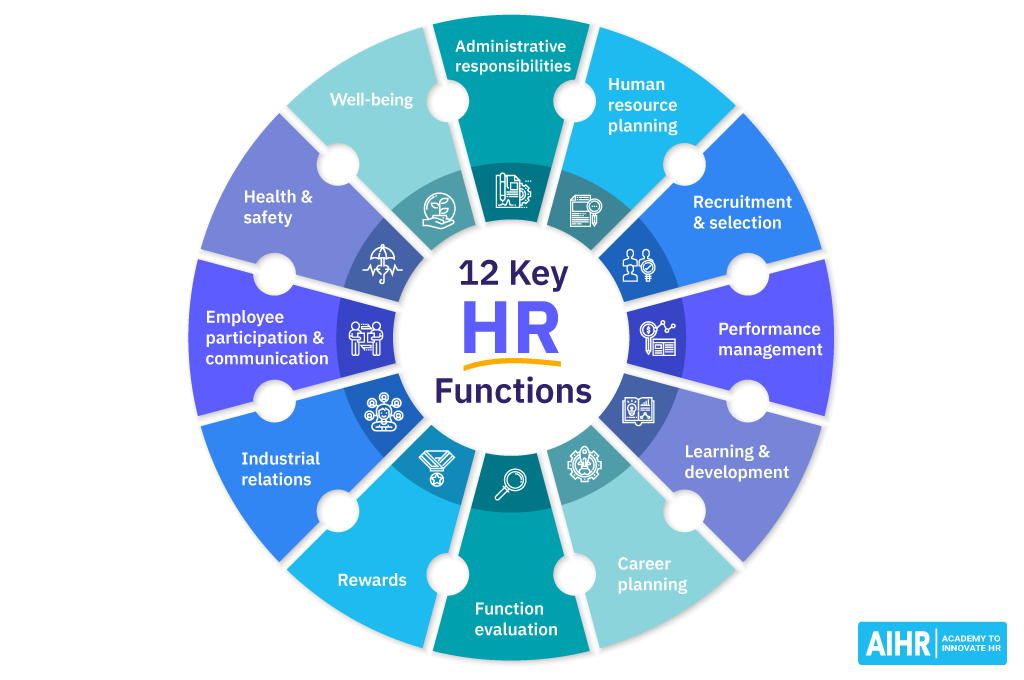




![[Updated 2024] – Passport Application FOR CHILDREN ONLY(PERSONS UNDER 18 YEARS)](https://www.blog.nestict.com/wp-content/uploads/2023/09/keppp-240x172.png)
![[Updated 2024] -Passport Application FOR ADULTS ONLY-PERSONS OVER 18 YEARS](https://www.blog.nestict.com/wp-content/uploads/2023/09/EAF-Passport-e1631045054464-400x800-1-240x172.jpg)

